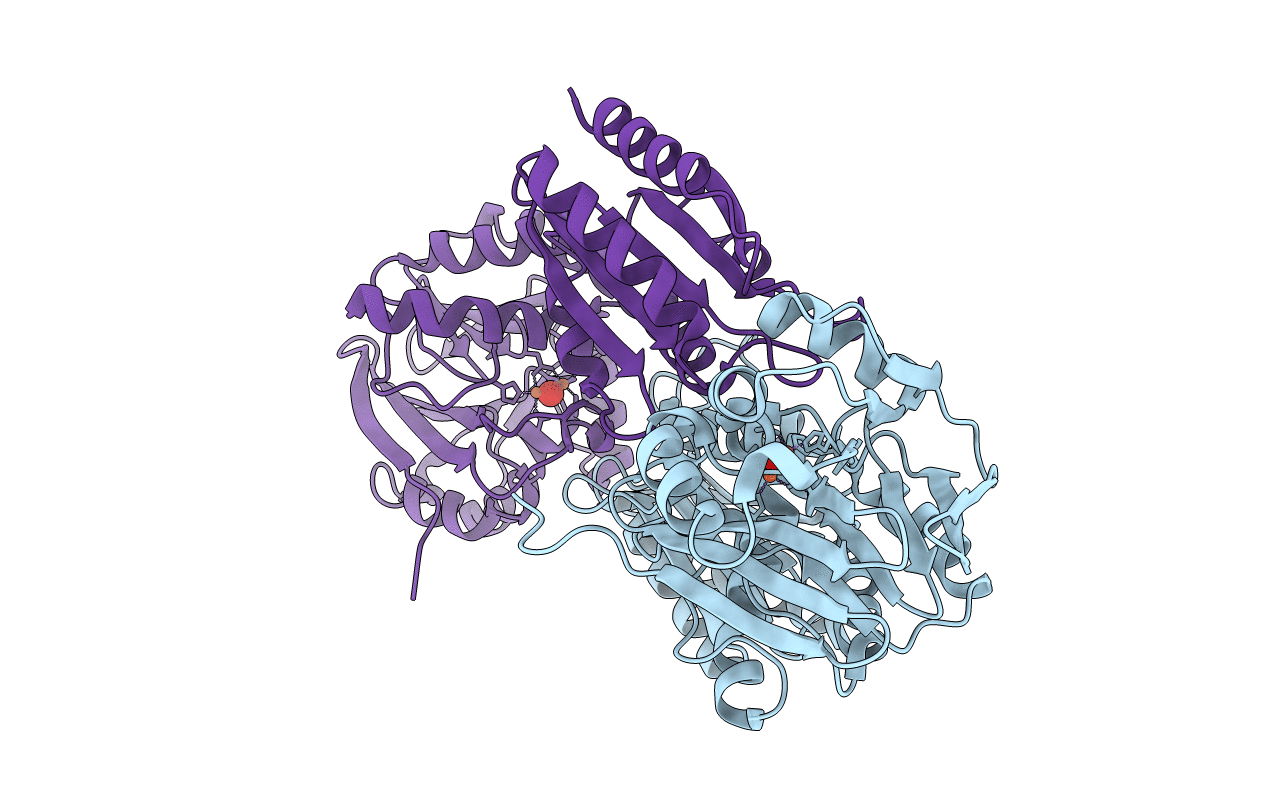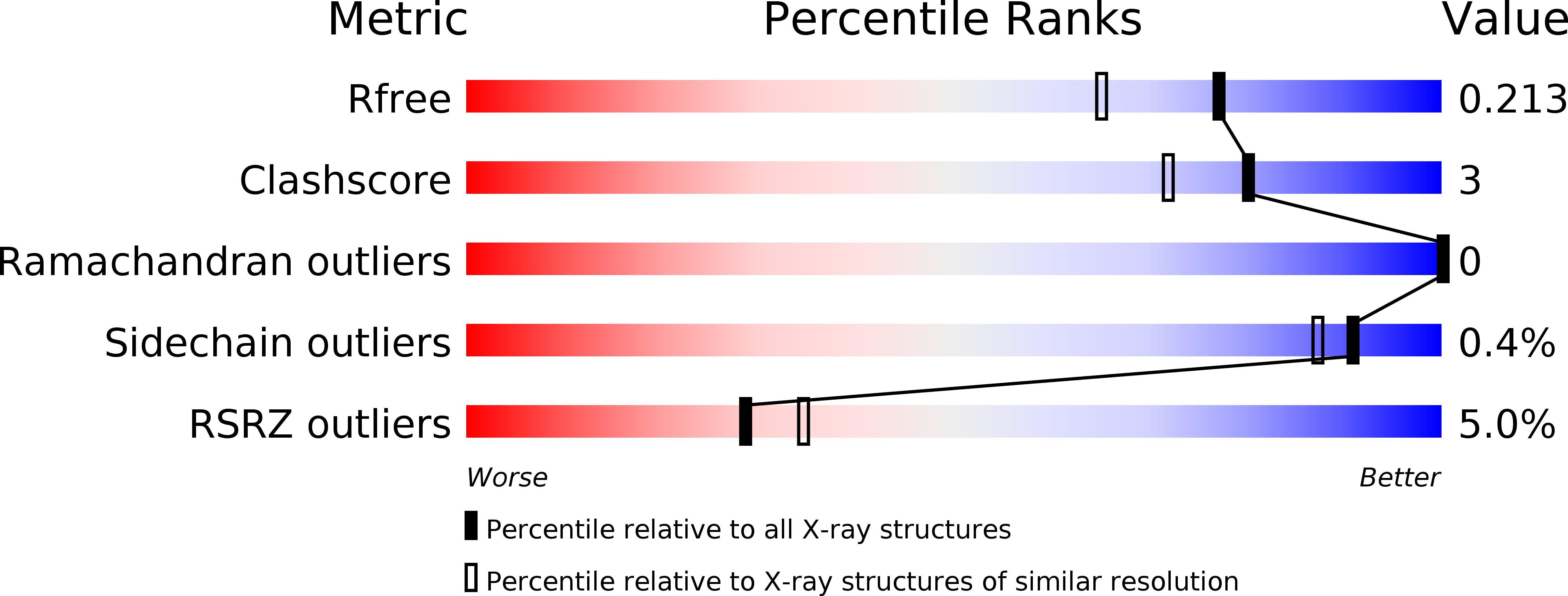
Deposition Date
2012-01-31
Release Date
2012-10-17
Last Version Date
2023-09-13
Entry Detail
PDB ID:
4DIK
Keywords:
Title:
Flavo Di-iron protein H90A mutant from Thermotoga maritima
Biological Source:
Source Organism:
Thermotoga maritima (Taxon ID: 2336)
Host Organism:
Method Details:
Experimental Method:
Resolution:
1.75 Å
R-Value Free:
0.21
R-Value Work:
0.19
R-Value Observed:
0.19
Space Group:
P 1 21 1


